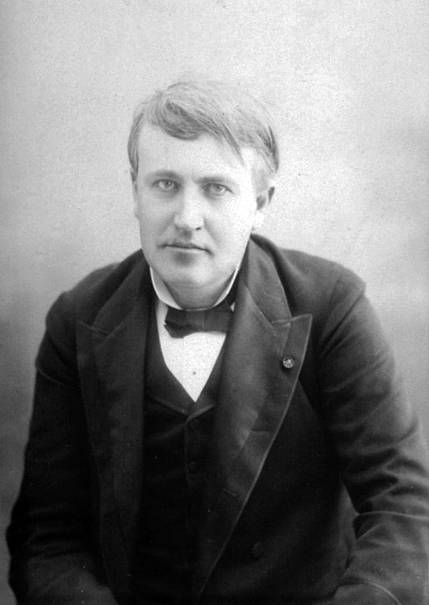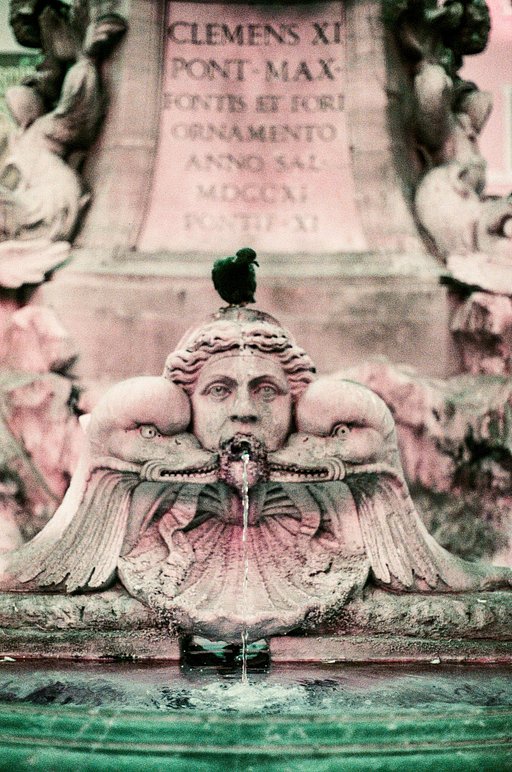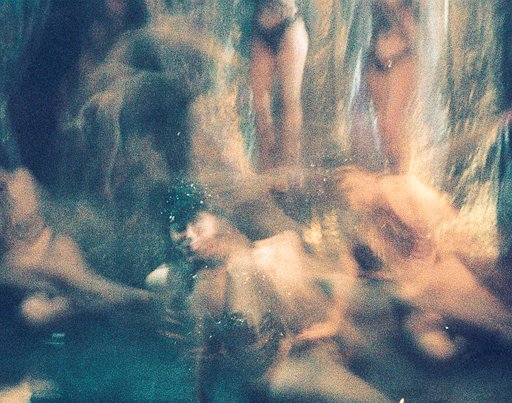Thomas Edison and the Kinetoscope
6 Share TweetThomas Edison is best known for bringing forth the electric light bulb, one of the most important inventions ever to be built by man. However, it may be surprising for some to find that his other, albeit lesser known achievements lie in the realm of early cinematography. In celebration of Lomography’s very own movie maker, the LomoKino, let’s take a closer look at an early motion picture device by Edison.

Of the whopping 1,093 US patents credited under American inventor Thomas Edison, one of them is an early filmmaking device which he called the kinetoscope. Edison built it in 1891, sparked by an interest in motion picture when he met photographic pioneer Eadweard Muybridge and his work.
Origin
In February 1888, Muybridge gave a lecture and most likely a presentation of the zoopraxiscope, his own version of an early motion picture device. As his office was close to the venue, it was suggested that Edison might have attended the lecture along with William Dickson, his company’s official photographer. Two days later saw the meeting of the two brilliant minds, where Muybridge proposed the merging of his zoopraxiscope with Edison’s phonograph to create a breakthrough device that plays sound and moving images simultaneously.
However, such collaboration never materialized. Instead, Edison made an initial claim in October 1888, detailing his plan to come up with an invention that would do “for the Eye what the phonograph does for the Ear.” Also, Edison intended to create a full audiovisual system, saying that “we may see & hear a whole Opera as perfectly as if actually present.” In early 1889, he finally gave a name to his planned invention in a second claim: kinetoscope, from the Greek words kineto (“movement”) and scopos (“to view”).
William Dickson, Edison’s assistant and one of his most talented men, was tasked to develop the kinetoscope, while Edison reportedly “supervised and involved himself and participated to varying degrees.” Because of this, many scholars and historians largely credited Dickson despite Edison taking the full credit.
Development
Edison’s initial concept for his motion picture device was based on the phonograph’s cylinder. Small photographic images following a sequence were attached to a cylinder, with the idea that an illusion of motion through reflected light would be created as the cylinder rotated. However, tests showed that it was ineffective.
Later in France, the meeting of Edison and physiologist Etienne-Jules Marey perhaps helped tilt the development to the right direction. Marey was able to produce a set of sequential still images using continuous rolls of film, calling the technique chronophotography.
However, since the film rolls were not long enough and sturdy enough, Edison and his crew were not able to build a device based on Marey’s technique. Finally, when emulsion-coated celluloid films were developed by John Carbutt, Edison started using them for testing during the kinetoscope’s development. Eastman Company eventually started producing its own celluloid films, which Dickson soon began purchasing by bulk. Working under this new direction, Dickson, along with a new assistant, started creating a device with a horizontal-feed system for exposing film strips.
Final Product

And thus, the kinetoscope was born. The prototype, which was also a camera aside from a peep-hole viewer, was unveiled on May 20, 1891. It used 18mm wide films, which, according to author David Robinson, “ran horizontally between two spools, at continuous speed.”
On August 24, 1891, Edison filed the patent for the camera (kinetograph) — peep-hole viewer (kinetoscope) set-up, indicating the film width to be 35mm and the possibility of using a cylinder for future upgrades.
The final product was completed in 1892, sporting a minor change: the horizontal-feed mechanism was replaced with a vertical one. It was formally introduced to the public on May 9, 1893 at the Brooklyn Institute of Arts and Sciences. To watch a clip of moving images, the viewer would peek into a peep-hole with magnifying lenses on top of the cabinet.
Curious about the films made using the kinetoscope? Here’s a clip that combines Edison’s films from 1894 to 1896:
Sources and additional readings:
Thomas Edison -- Wikipedia:
Kinetoscope -- Wikipedia
Origins of Motion Pictures - The Kinetoscope -- Edison Motion Pictures
Bringing analogue back to the movies with a bang in the 21st century, the LomoKino is a Lomography movie camera that shoots spectacular, creative movies on all kinds of 35mm film. Head to the Microsite, watch some Movies and begin your analogue movie-making journey today!
écrit par plasticpopsicle le 2011-11-05 dans #Gens #lifestyle #history #film #movie #motion-picture #analogue-lifestyle #pioneer #thomas-edison #lomokino #kinetoscope #peep-hole-viewer



















Aucun commentaire